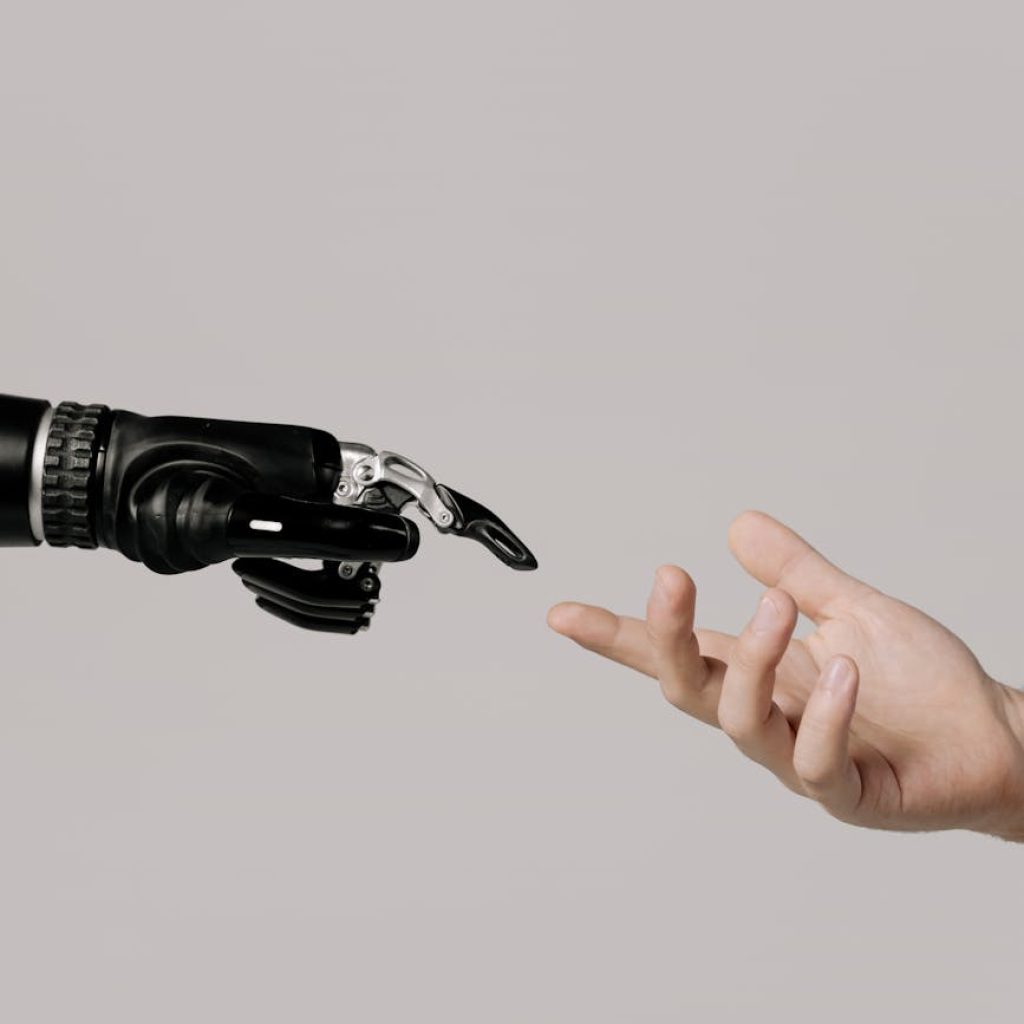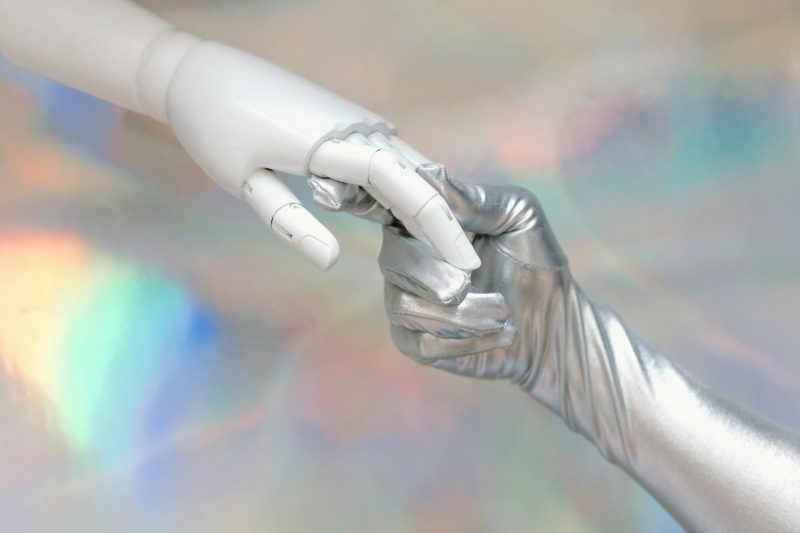Future of Work: Effortless Human-Machine Collaboration
Introduction: Redefining Work Through Collaboration
The future of work is no longer about man versus machine; it’s about man with machine. As technology advances, the collaboration between humans and machines is redefining how we approach our jobs, fostering a synergy that enhances productivity and creativity. This shift isn’t just about efficiency; it’s about creating a work environment where machines handle the mundane, allowing humans to focus on innovation and problem-solving. The future of work is here, and it’s all about effortless human-machine collaboration.
How Collaboration Is Changing the Work Landscape
From healthcare to finance, industries are experiencing a transformation. AI tools like ChatGPT are revolutionizing customer service, while DALL-E is reshaping creative industries. For instance, in healthcare, AI assists in analyzing MRI scans, freeing up doctors to focus on patient care. This collaboration isn’t replacing human roles but augmenting them, leading to better outcomes and increased efficiency.
The Role of AI in Empowering Humans
AI is not just a tool; it’s a partner. Consider the legal field where AI reviews documents, saving lawyers time and reducing errors. This empowerment allows professionals to delve deeper into complex issues, driving innovation. The result? Breakthroughs in drug discovery and personalized medicine, demonstrating how human-machine synergy accelerates progress.
Wellness and Productivity: A Balanced Approach
Collaboration isn’t just about work; it’s about wellness. With machines handling repetitive tasks, professionals enjoy a better work-life balance. A study by Gallup reveals that employees with flexibility experience lower stress, resulting in a 21% increase in productivity. This balance fosters a culture of well-being, crucial for sustained success.
Cultural Shifts: Embracing the Future
Organizations are adapting, moving from hierarchical structures to collaborative ecosystems. BMW’s AI-driven factories exemplify this shift, where humans and machines work side by side, enhancing production without replacing workers. This cultural evolution requires leaders to embrace new management styles, focusing on upskilling and fostering creativity.
Evolving Workplaces: Remote and Connected
The pandemic accelerated remote work, highlighting the need for collaboration tools. Microsoft Teams and Slack facilitate seamless communication, vital for remote teams. As collaboration becomes more natural, workspaces are evolving, emphasizing flexibility and technology integration, ensuring productivity irrespective of location.
Conclusion: Navigating the Future Together
The future of work is a balanced blend of human ingenuity and machine efficiency. While challenges like job displacement exist, the focus is on upskilling and adaptation. As we embrace this new era, we must prioritize ethical AI use and equitable access to opportunities.
Key Takeaways:
1. Human-machine collaboration enhances creativity and productivity.
2. AI supports roles, enabling professionals to focus on complex tasks.
3. This synergy fosters wellness and sustainable work environments.
4. Cultural shifts in organizations are crucial for success.
Call to Action:
Explore more insights on the future of work at BeNewsMag.com and join the conversation on LinkedIn and Twitter. Share your thoughts—how do you see collaboration shaping your industry?
In this exciting yet challenging future, human-machine collaboration offers immense potential. Let’s navigate it together, embracing the opportunities and overcoming the hurdles. The journey has just begun, and the possibilities are endless.

